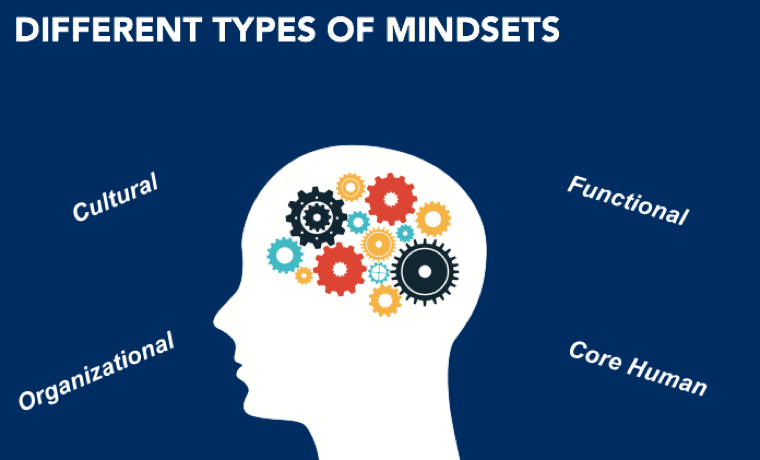I think that most of the important work that is done in organizations these days is done by teams. Even if people are not all sitting together in a room working simultaneously, their work is shared with others, revised, edited, informed, poked, prodded, enhanced, refined or otherwise manipulated into a product that features input from a number of people. And almost always, those other people think somewhat differently than we do. Maybe that’s because of where they’re from, or where they’ve worked, or how they’ve been trained, or the experience they’ve had in this organization or prior organizations, their age/generation, etc. In other words, their mindsets are different based on their background and experience.

In my work, I have often seen the impact of these mindset differences. And, importantly, another area of meaningful mindset difference is based on our functions. To be very clear, I am generalizing in making this observation. Not all finance people are sticklers for detail, and not all marketing people operate in the world of possibilities and potential. But many of them do—much to the dismay of people with other functional backgrounds. I think most of us would agree that organizations are much better off with the diversity of functional mindsets providing input into decision-making, idea generation, execution and other critical aspects of organizational success. But these differences can cause problems.
Have you ever been frustrated because someone across the table from you, or in one of your important meetings, rejects an idea on the basis of their legal regulatory experience? Or have you ever been flustered by someone on the team who insists that something can be done without providing any specifics about how? These are examples of cross-functional mindset challenges.

So what might we do about it? How can we work better together, have more shared success, as well as retain our sanity?
First, slow down, breathe and recognize that differences are part of our shared human experience, whether that’s convenient for us or not. Remember that those people across the table are almost always good human beings who are participating in a way that they believe is useful and effective, from the point of view of their function and their experience.
Second, take action to understand their priorities—the interests that underlie their positions. When you hear a “no” that feels like a door slamming, ask for a few reasons why that answer was given. Ask what would have to be true in order for you to hear a “yes” instead. There are other useful questions you could ask, of course. The important thing is to listen carefully to the responses. Doing so will not only provide a basis for understanding the other person’s thinking but also will very importantly provide you with key information about how to frame your response to them, such as a new proposal or suggestion.

Of course, this is easy to read here in a short blog and harder to do when the clock is ticking, the pressure is on, and we want to be finished with this conversation yesterday. Hang in there; make an effort. Perhaps others in the room will recognize how you are trying to move past differences and promote greater understanding and better results. They can join in as well. Share your intention with them and let your team know what you were trying to do and why. Chances are they will get on board.
